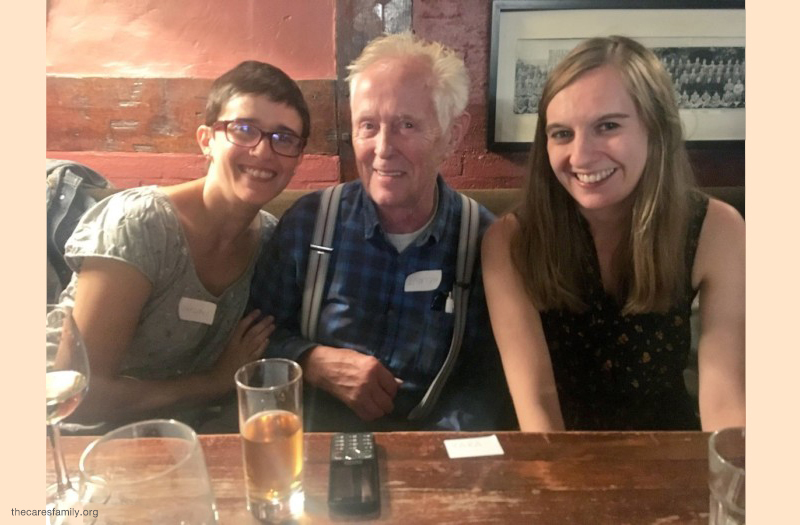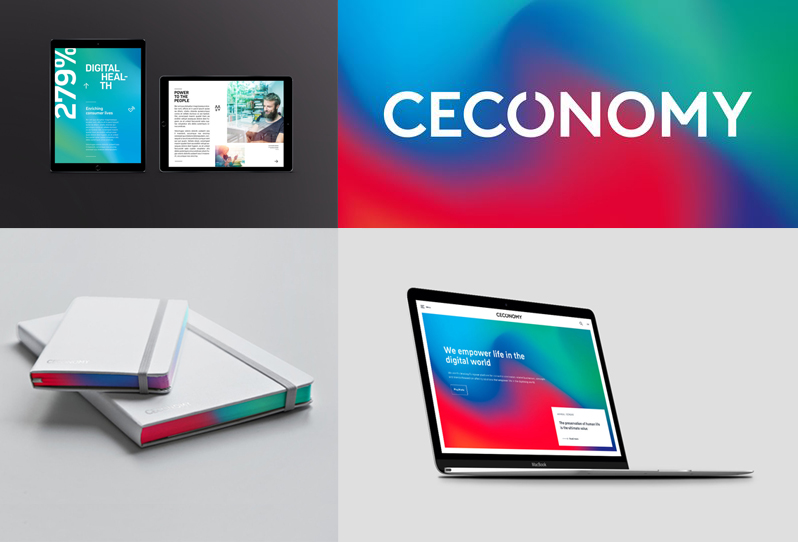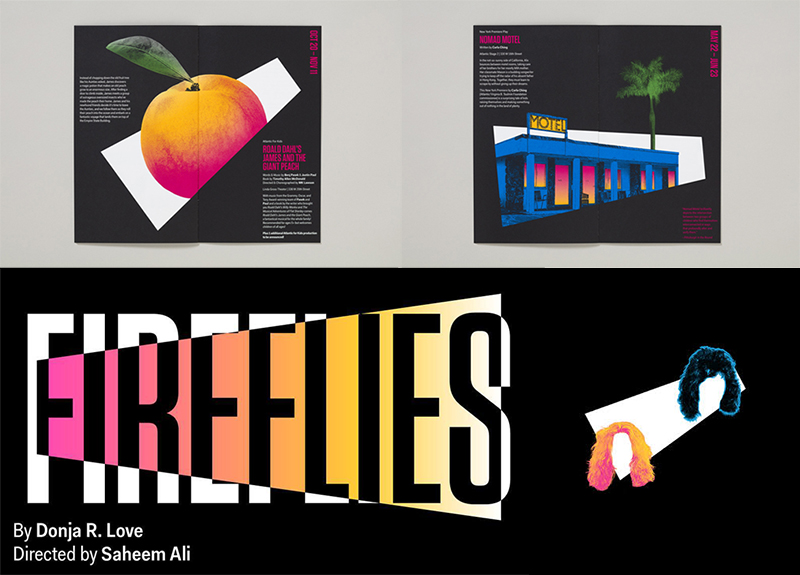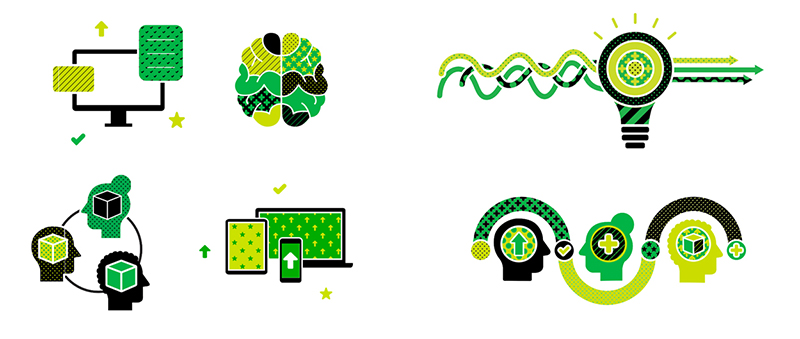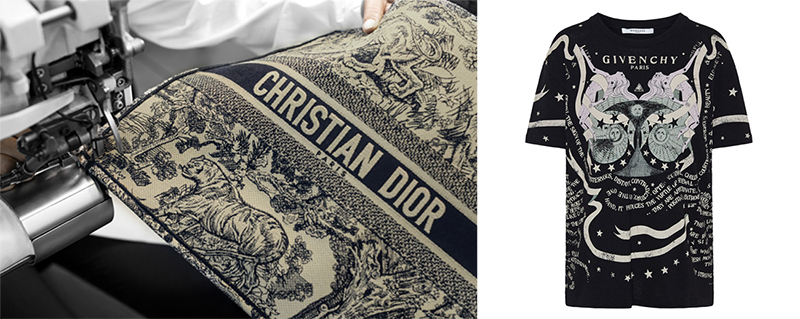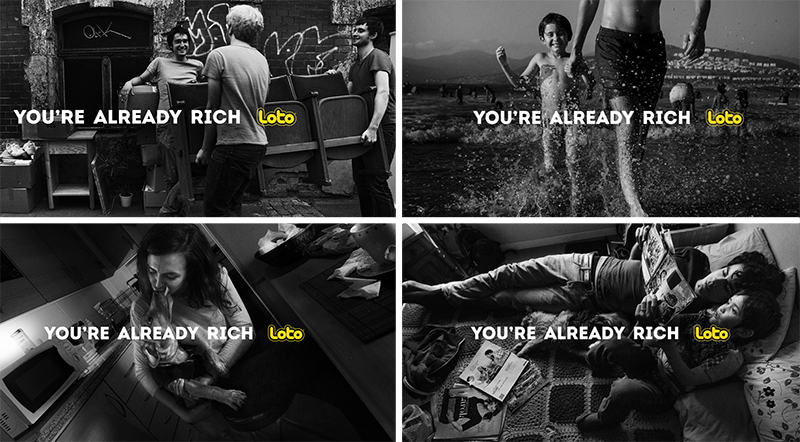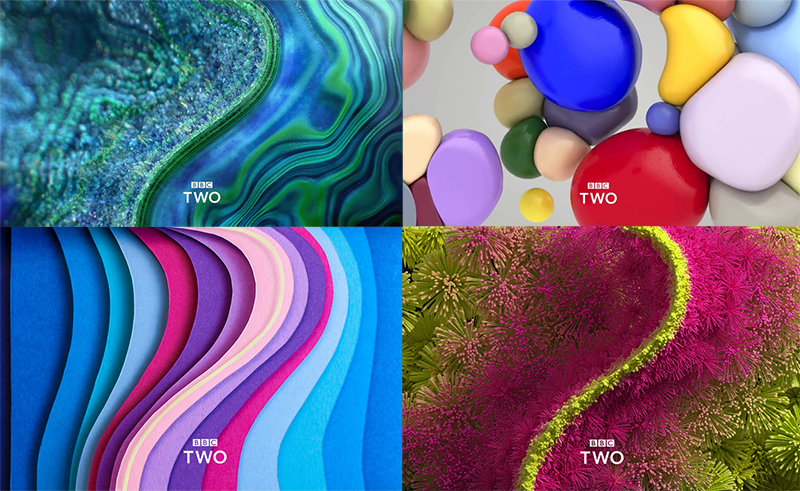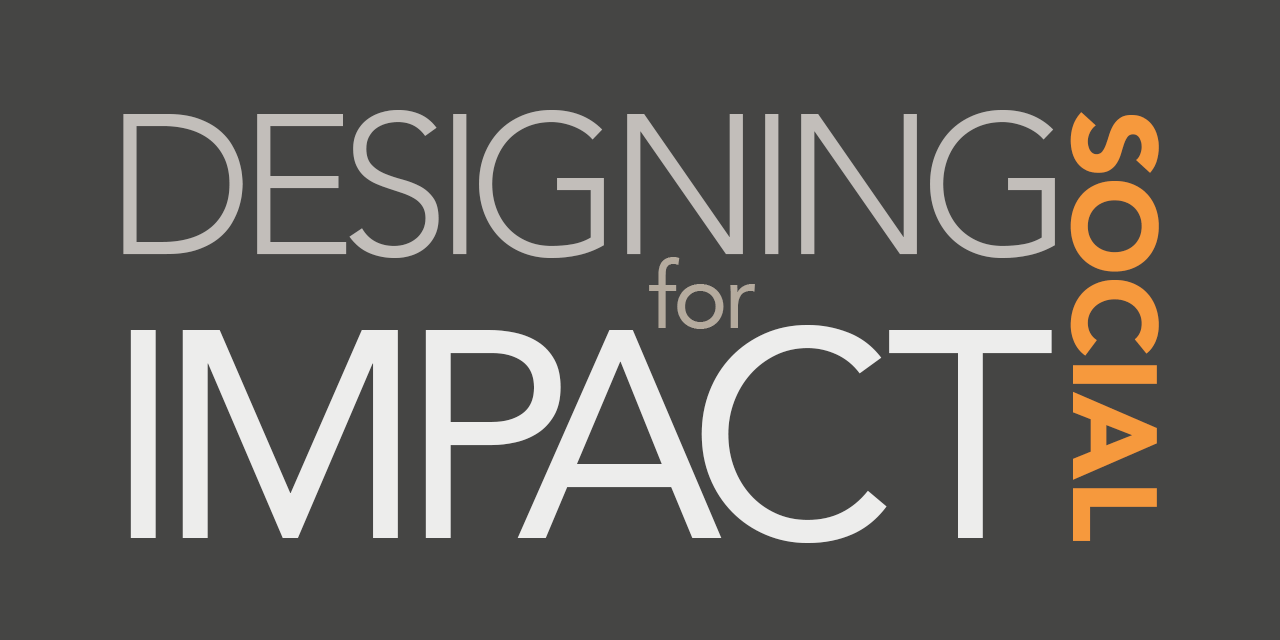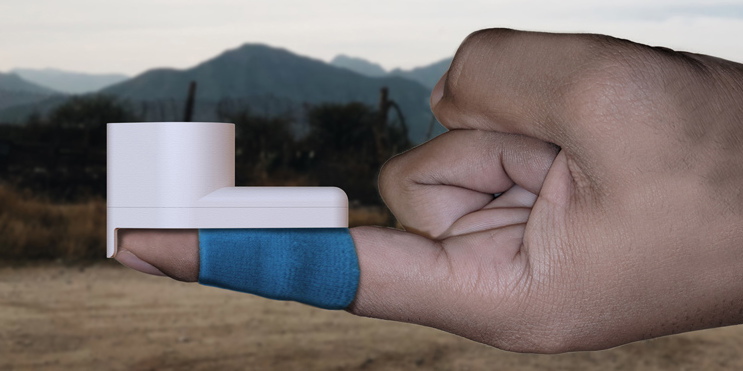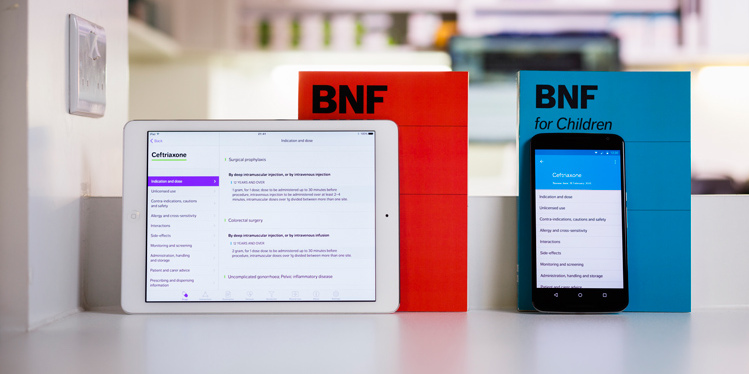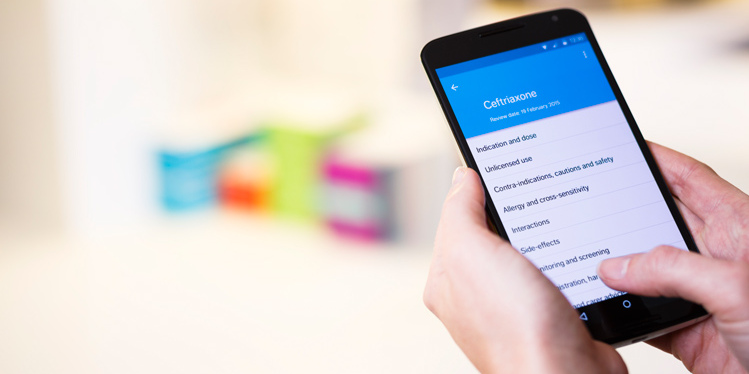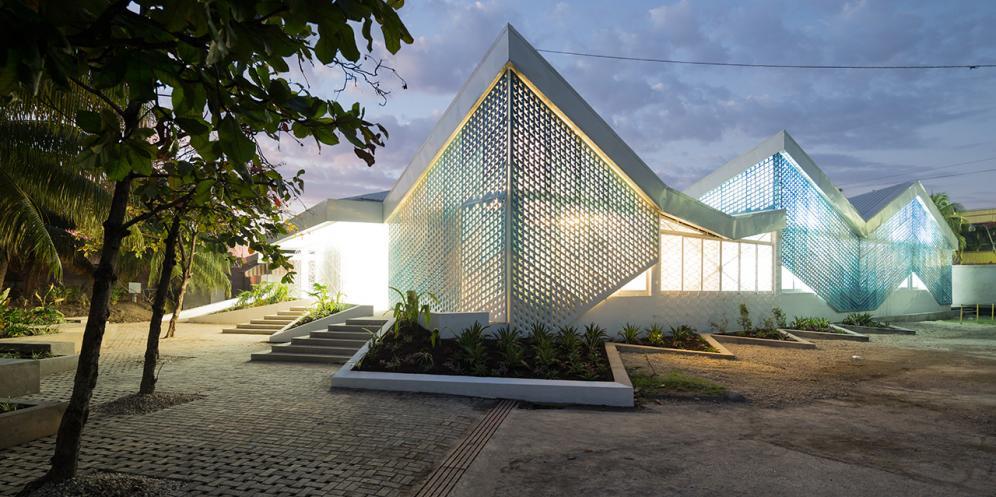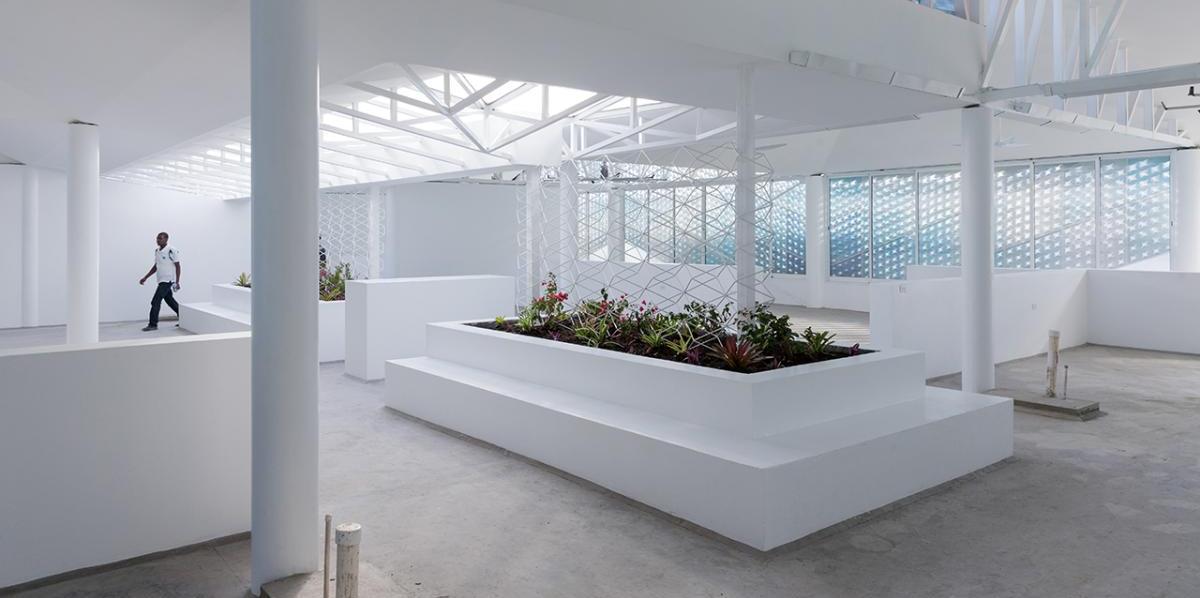Design Strategy, Trends
A couple of weeks ago, we explored how design could help mitigate the alarming 21st century problem of poor emotional wellness. Today we’ll take a look at the role design can play in developing circular economies, another pressing need in the 21st century. Where do the two intersect? How can we design ventures that are profitable, but not at the cost of environmental sustainability?
A circular economy provides the opportunity for sustainability to successfully co-exist with business goals.
A circular economy is an alternative to a traditional linear economy (make, use, dispose) in which we keep resources in use for as long as possible, extract the maximum value from them whilst in use, then recover and regenerate products and materials at the end of each service life.
– WRAP, Waste Company
There are already a number of inspiring projects around the world that have recognised the burning need for such a system, and have developed products and services around the concept. Examples often work better than theory, so let’s take a look at the ways some organisations are employing the concept of the circular economy to tackle the world’s biggest resource and waste management problems.
OCEAN TRASH
According to The Ocean Cleanup, over 5 trillion pieces of plastic currently litter the ocean, and it is predicted that by 2050 there will be more plastic than fish in the ocean. Read more about the effects of these alarming statistics at the Ocean Conservancy website .
Some companies have integrated innovative product and venture design solutions that do their part to stop the problem from becoming worse.
RAW for The Oceans
Jeans made out of ocean trash? In 2014, Pharrell Williams showed us how clothes can be designed for fashion AND sustainability. The singer, who is also the Creative Director of Bionic Yarn and now a co-owner of clothing brand G-Star Raw, collaborated with the two mentioned companies to develop RAW for the Oceans – a project that recycles ocean plastic into denim.
S-1500 Chair
Integrated design firm, Snøhetta has spent two years on a research project to understand “plastic as a material, its journey and footprint in the value chain, as well as its inherent qualities”.The aim has been to help the public understand waste plastic in a new light – not as a substance that has completed its life cycle, but as a resource that could be put to many possible new uses.
The firm has developed the S-1500, a chair made from 100% recycled ocean plastic, in collaboration with furniture manufacturer, Nordic Comfort Products. The chair uses recycled plastic made from worn out fishing nets from the local fish farming industry, while the sub-frame is fashioned from recycled steel – making it one of the lowest carbon footprint chairs in the market.
By sourcing waste material from the local community and converting it into a new product in the same geographic area, the company has designed a circular system.

Adidas Parley
Adidas, in collaboration with Parley, designs eco-innovative ways to convert materials made out of ocean waste into high performance sports gear.

UNDER UTILISATION / WASTAGE OF RESOURCES
Practices and systems that don’t fully utilise resources or the entire lifespan of goods also contribute to an unsustainable future, and examining how to change these systems to the circular economy model is where opportunity for innovation can be found.
Vigga
Babies and young children grow out of their clothes very fast, sometimes even before they have had a chance to use a new item! The same goes for maternity wear – its use is for a limited time period only. Danish company Vigga has developed a system that allows parents to lease, rather than buy, their high quality organic maternity and childrenswear.
By becoming part of this shared economy, customers get to choose 20 items of clothing and once they don’t fit anymore, they return them and receive 20 more in the next size, all at a fraction of what it would cost to buy the same clothes.
Since this system means that the clothes have to be passed around more often, long lasting quality is built into their design, in order to get more usage per item, also reducing textile waste by 70-85%

Gamle Mursten
Bricks provide an eco-friendly building material option that can be recycled and reused, if properly treated. Cleantech company, Gamle Mursten, employs a patented, chemical free cleaning technology that allows for old/used bricks to be cleaned, inspected and reused, saving 95% of the energy that would be needed to manufacture new bricks. Each reused brick saves 0.5 kg of CO2 emissions.

Where old bricks from a demolition site would conventionally end up in a landfill or have to be crushed for recycling, Gamle Mursten provides a way to make full use of this building material’s lifespan, which can extend into centuries.
Olio
According to the Food and Agriculture Organisation, roughly one third of the food produced in the world for human consumption every year — approximately 1.3 billion tonnes — gets lost or wasted. In developing countries most of the loss happens in the growing or post harvest stage, but in wealthy countries like America, most of the food waste happens in the consumption stage – when consumers throw out excess food.
Besides it being ethically wrong to throw out food when there are people starving around the world in poor countries, food waste also has a detrimental effect on the environment, by wasting natural resources and/or adding to greenhouse gas emissions.
According to the Olio website:
“If food waste were a country it would be the 3rd largest emitter of greenhouse gases”
Olio is an application designed to reduce the incidence of food wastage. The digital platform connects those with surplus food to those who need or wish to consume such food.

Are you intrigued by these ideas? Or do you have a great idea you’d like to take to the next leve? Get in touch with Zeitgeist – your venture design partner!







